So, as we’ve started discussing the best way to pick a power meter last week, we’ve reached the third piece of data we need – and that is the laser wavelength. Why is it so important? In order to match it to the sensor absorber characteristics.
We need to select a sensor whose wavelength is within the measurement range of the sensor, power rating is equal to or higher than the maximum power we will measure, whose aperture is larger than the laser beam diameter so that it will contain the whole beam, and whose damage threshold is higher than the maximum expected laser power density at the given wavelength. The sensor absorber should be selected so it matches the wavelength for higher absorption.
Secondary aspects of the measurement system are its dynamic range, its response time, and its cooling. The dynamic range should include the minimum and maximum powers we expect to measure. The response time of most sensors is optimized, but it should be verified to check that it matches our measurement needs. The requirement for cooling the sensor should also be verified, A water cooled sensor will need an available water supply and appropriate water connectors.
It may happen that we will find no sensor that matches all our criteria since some are conflicting requirements such as high power and fast response, or high power and high sensitivity. In that case it is best to consult with a salesperson for advice.
Pulsed Lasers
The methodology described above is also true for repetitively pulsed lasers, but we have to consider some additional parameters.
The maximum pulse energy, the frequency, and the pulse width play an important part in the sensor selection.
For average power measurement, we will use exactly the same calculations as above, but we will also calculate the energy density of the beam, and find a sensor with a higher energy damage threshold.
 For repetitive pulse energy measurement we will be using a pyroelectric sensor. The basic two sensors are metallic and BF or BB. The metallic sensor will have a higher sensitivity and ability to measure higher repetition rates. The BF and BB sensors will have a higher damage threshold but lower repetition rate. For even higher damage threshold, we have DIF sensors that have a diffuser in front of the absorbing surface thus spreading out the beam and reducing the energy density.
For repetitive pulse energy measurement we will be using a pyroelectric sensor. The basic two sensors are metallic and BF or BB. The metallic sensor will have a higher sensitivity and ability to measure higher repetition rates. The BF and BB sensors will have a higher damage threshold but lower repetition rate. For even higher damage threshold, we have DIF sensors that have a diffuser in front of the absorbing surface thus spreading out the beam and reducing the energy density.
The damage threshold of a pyro sensor is dependent on the pulse width. A shorter pulse will damage the sensor at a lower energy density for the same beam diameter.
The data on damage threshold is normally given in graphs of damage energy density vs. pulse width. The graphs contain information for various coatings. We have to select a sensor whose damage threshold is above our energy density.
Pyroelectric sensors have maximum permitted frequencies and pulse widths. The sensor should be able to measure the maximum frequency and pulse width required by the application.
Sensor Finder
As you have seen above, there are a number of criteria that have to be met to pick the correct sensor for your application. Ophir Optronics has developed a simple software program, Sensor Finder, that when given all the laser parameters will output a list of the matching sensors.
For more information go to:
https://www.ophiropt.com/user_files/laser/power_meters/How-to-properly-select-a-laser-power-or-energy-sensor.pdf
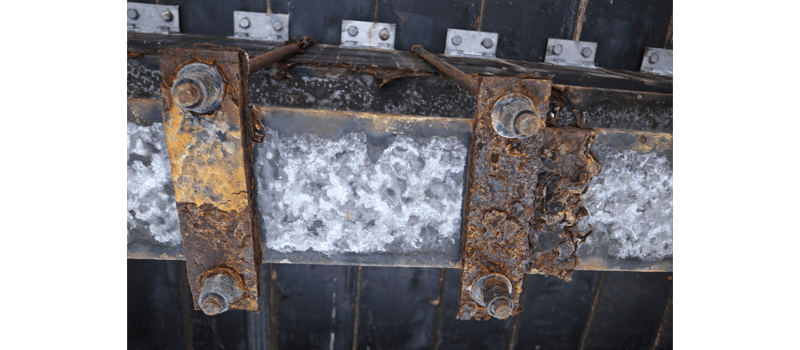
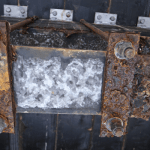



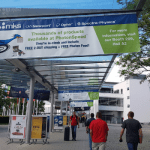
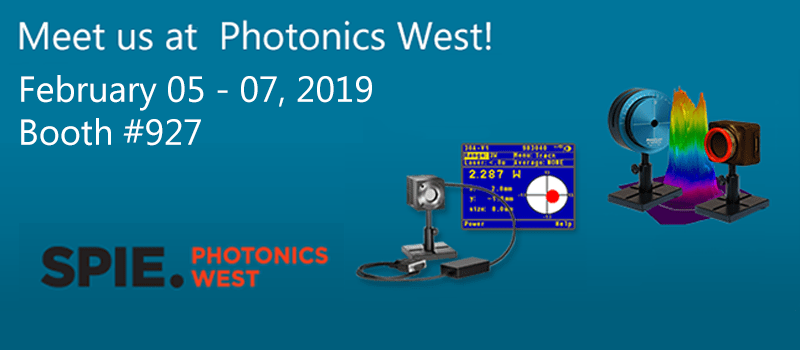
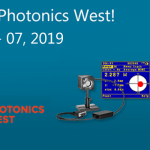


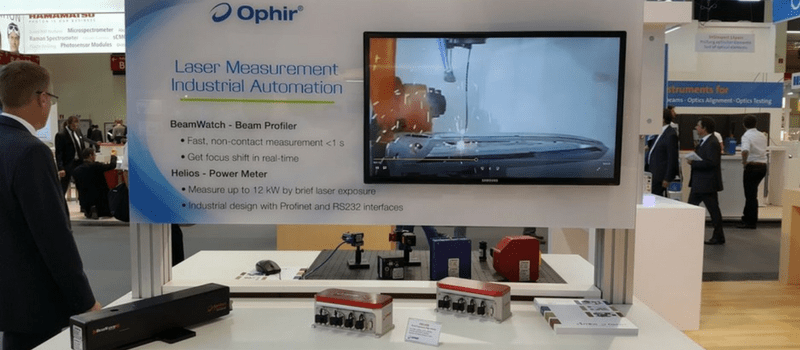
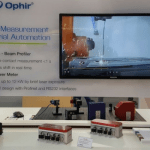
Leave a Reply
Your email address will not be published. Required fields are marked *